Tavira - Accessible Tour
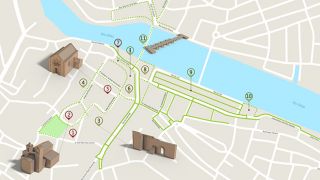
Spanning both banks of the River Gilão in a complex of narrow streets and white houses, Tavira is one of the most picturesque towns in the Algarve and it’s worth taking your time to get to know it.
The visit, however, presents some difficulties for those who have mobility issues, especially in the area around the castle where the streets are narrow and winding and the terrain is uneven.
Download the map and follow the tour
We suggest that you start this route in Praça da República (8) a fully accessible space, where you can taste the local confectionery in cafés and terraces, or watch the shows and festivals that take place here, especially in the summer. This square is situated next to the River Gilão and gives access to the Ponte (bridge) (11), the oldest of Roman origin, which connects to the other bank and offers no obstacles. This is also a good place to appreciate the features of the region’s traditional architecture, with the hipped roofs and the latticework doors.
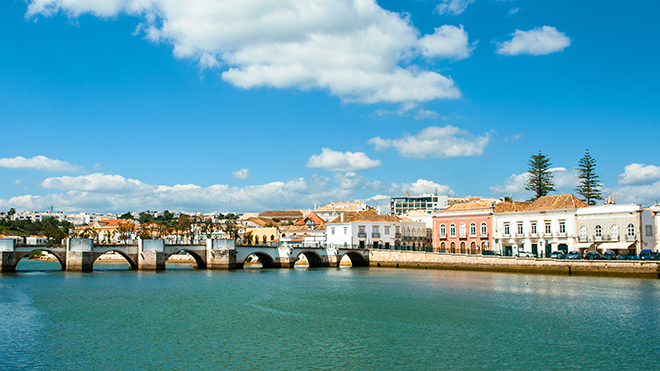
Tavira © Shutterstock| Anyaivanova
Also next to the Praça da República is the Jardim do Coreto (Bandstand Garden) (9), one of the liveliest places of the city, which is a flat and accessible area, very nice for walks along the river. Here you can also visit the Mercado da Ribeira (Ribeira Market) (10) a wide, barrier-free space which, having lost its old purpose, was converted to accommodate shops, cafés, restaurants and terraces.
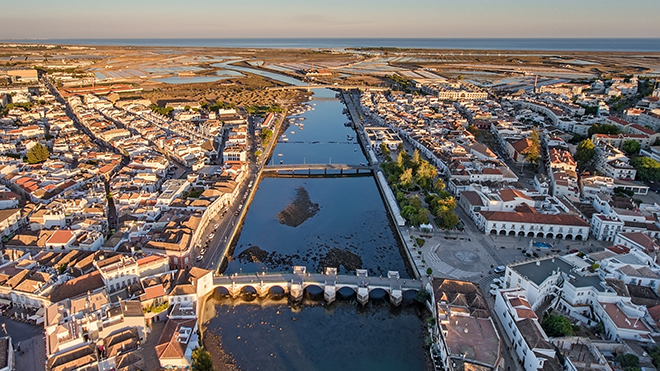
Tavira © Shutterstock | Sergio Stakhnyk
The road parallel to the River Gilão goes towards the Ria Formosa, and while it is not part of this itinerary it is a suggestion that we’ll leave for another day. Along this route you will be able to admire the beautiful landscape formed by white salt pans and enjoy watch the activity of salt extraction or the flights of aquatic birds that seek out this area. At the end, at Quatro Águas, is where the boat leaves that crosses the Parque Natural da Ria Formosa towards the spit of sand that separates it from the sea, and which is 11 km long. It is here that you find the beaches of Tavira Island, such as Praia do Barril, where you can enjoy the tranquillity of nature and sea- bathing, which are within the reach of everyone, since an amphibious chair is provided.
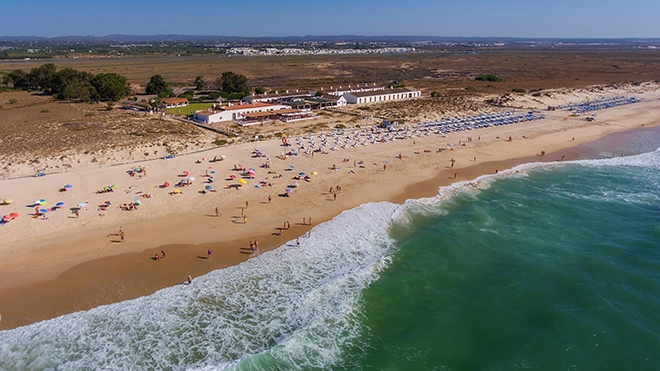
Praia do Barril_Tavira © Shutterstock | Sergio Stakhnyk
Continuing our route, in the Praça da República in front of the Town Hall visit the Núcleo Museológico Islâmico (Islamic Museum Centre) (6) and see the exhibits related to the Arab origins of this region, like the Tavira vase considered a unique piece of pottery. The route continues through the steeply sloping streets of the historic centre with an uneven surface, so it is suggested that you make this tour with someone to help you, or alternatively use the tourist train that departs from the Praça da República.
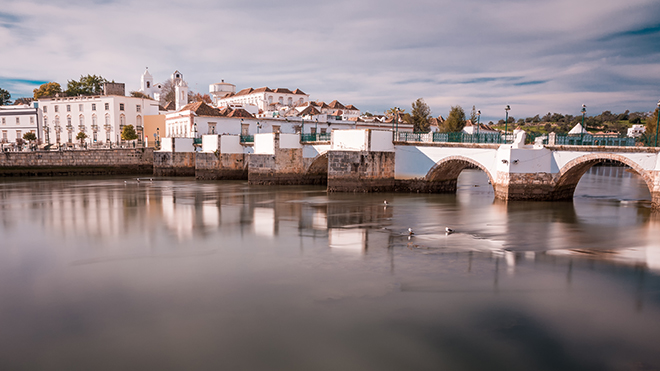
Tavira © Shutterstock | Evgeni Fabisuk
Tavira is known for having a lot of churches - 37 in total. One of the most striking is the Igreja da Misericórdia (Church of the Misericórdia) (5), because of its Renaissance features, unique in the Algarve region, which are clearly evident in the portal. The entrance is on Rua da Galeria but is hampered by a few steps, and inside it is spacious and barrier-free. The Renaissance elements that decorate the columns, the gilded carving and the 18th century wall tiles are noteworthy. On the same street is the most notable example of civil architecture in the city - the Palácio da Galeria - where the main centre of the Museu Municipal de Tavira (Tavira Municipal Museum) (4) is housed. The building has platform lifts at the entrance and for access to the upper floors so that everyone can enjoy the exhibitions that are put on here, usually with themes linked to the municipality. At the end of this street stands the Ermida de Nossa Senhora da Piedade (Chapel of Our Lady of Mercy) (7) which, although small, has roomy interior spaces without barriers.
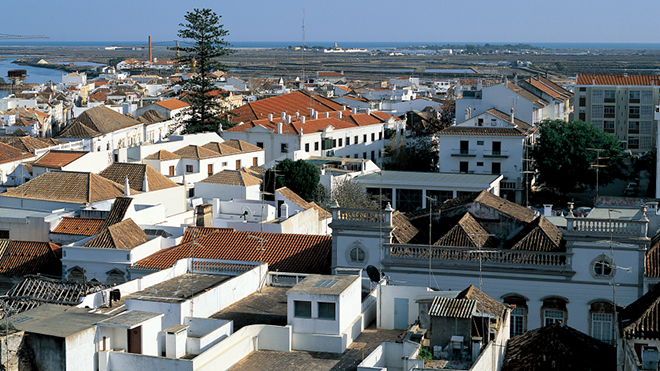
Tavira © ARPT Algarve
The next place to visit is the Castle of Tavira (3) which is reached by steep streets with uneven pavement, a trip that is difficult to make without help. Inside it is spacious, but there are a few obstacles, in particular the access to the viewpoint which is reached by an unguarded staircase. Nearby, the Igreja de Santa Maria do Castelo (Church of Santa Maria do Castelo) (2) is the main temple of Tavira, which was built in the 13th century on the ruins of the old mosque. It is entered through an ogive portal in Gothic style, but there are some steps that make access difficult. In the ample interior is the gravestone of the seven knights of the Order of Santiago who conquered the city from the Muslims. Dating from the same era is the Igreja de Santiago (Church of Santiago) (1), which is thought to have been erected over the smaller mosque. The visit is hampered by narrow spaces and occasional barriers.
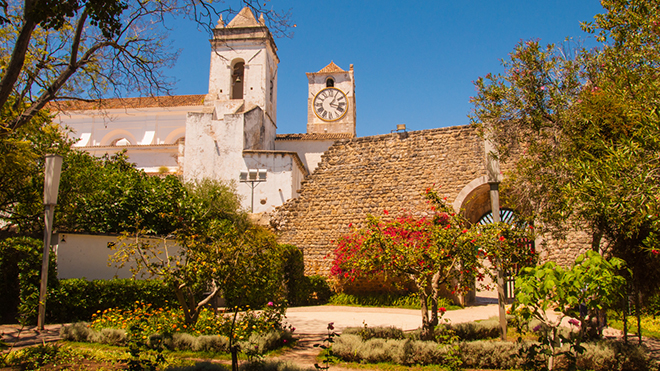
Castelo - Tavira © Arquivo Turismo de Portugal
The itinerary that we suggest ends here, but Tavira has other points of interest worth getting to know. If you want to find out more, please go to the Tourist Office (Posto de Turismo) that has a team ready to help tourists with impaired mobility and who can provide audio-guides to use on your route.


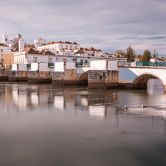
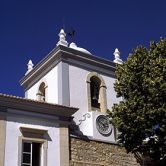
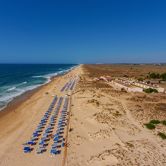

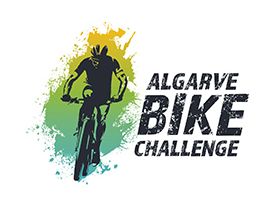
 Explore
Explore 
 Remember and Share
Remember and Share 


